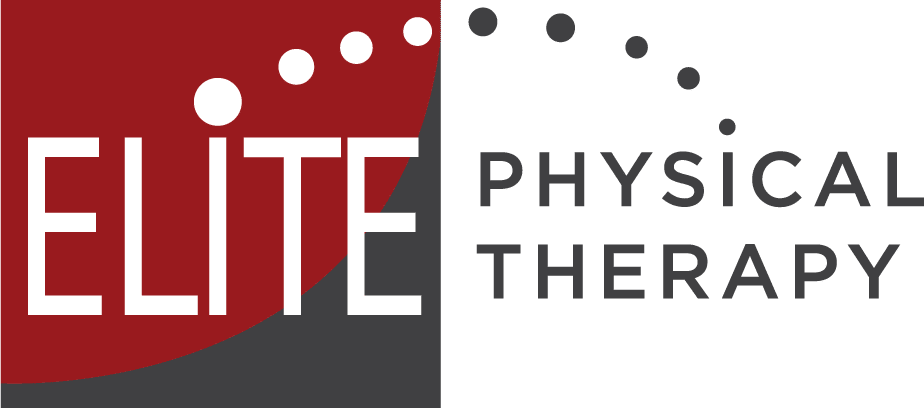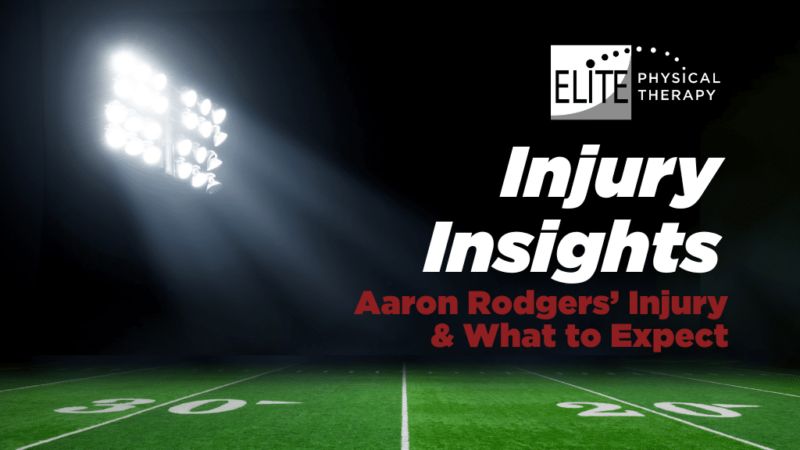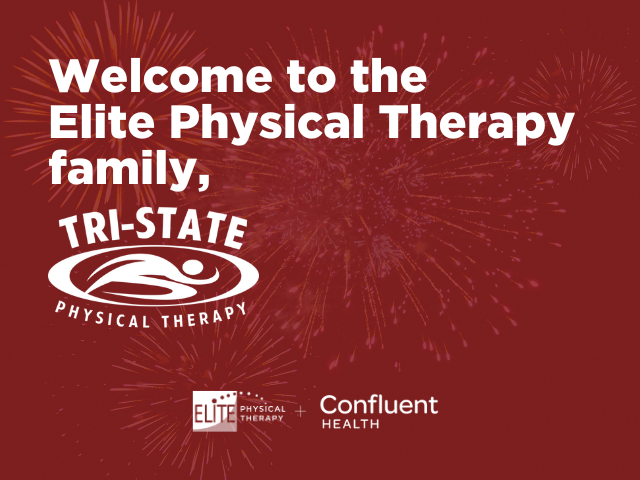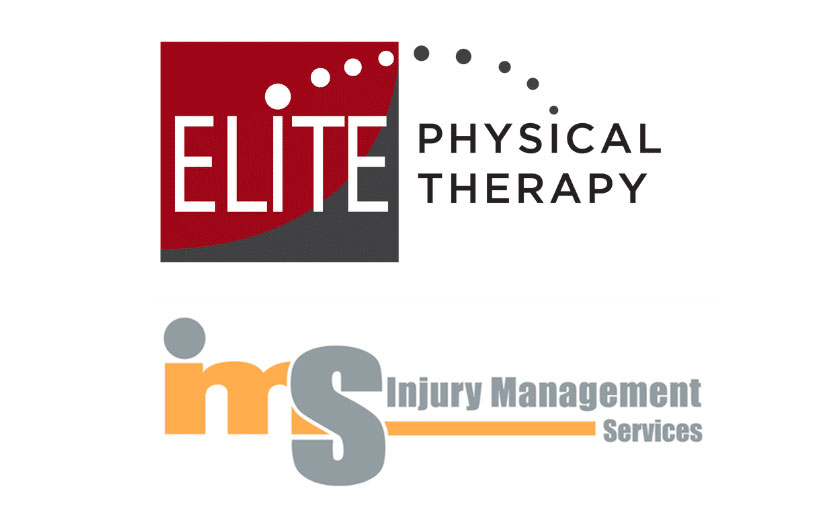Dry needling is becoming increasingly popular and with good reason. Its name may scare some people away, but its multiple benefits outweigh the alarming name. Dry Needling is one of the best physical therapy modalities for pain, inflammation, muscle tightness and nerve irritation. At Elite Physical Therapy we have been performing dry needling to hundreds of patients just like yourself throughout the Cenla area and they are raving about what it has done to relieve their pain.
Dry needling is a therapeutic pain relief option. During treatment, an Elite physical therapist carefully inserts very fine needles into your muscles in specific areas known as trigger points. Pain relief occurs as the result of the needle “releasing” the trigger point.
Dry needling is supported by scientific research and modern Western medicine. Many patients have come to LOVE this treatment as it provides relief without the risks and side effects commonly associated with prescription pain medication and surgery. Dry needling is very safe when performed by a highly trained physical therapist.
Immediate pain relief so you can enjoy life again!
Dry needling offers an alternative treatment option for pain relief and improved muscle movement. Also known as trigger point dry needling or intramuscular manual therapy, the treatment uses a dry needle — a needle without medicine — to deactivate trigger points in your muscle.
Dry needling is typically combined with other physical therapy exercises and techniques. And unlike acupuncture. dry needling focuses on trigger points in the muscle. Acupuncture relieves pain or discomfort by normalizing a patient’s energy flow.
What are trigger points?
Trigger points are sensitive spots within a muscle that can be tender to touch. They can form after an injury or overuse of your muscles. Touching an active trigger point can refer pain to other parts of your body. Our physical therapists use dry needing to relax your trigger points and reduce pain.
What to expect?
During your dry needling procedure, your Elite physical therapist will insert a thin, sterile needle into the skin to shut down your muscular trigger points. The length of the needle will depend on the area of your body that is being dry needled. Most patients feel little or no pain as the needle is inserted. The needles are typically used once per muscle and discarded.
The entire procedure takes as little as 15 minutes and there is a low risk of infection. After the procedure, patients typically experience pain relief lasting from a few hours to several weeks.
Once the procedure is complete, your physical therapist will work to create an individualized plan that uses the benefits of dry needling along with other therapies.
So, does dry needling hurt?
The patient may feel the needle enter the skin but sometimes it is not felt at all depending on the patient and the location of the needle. Needles are inserted and manipulated and removed or left in for a period of time. The prick you may experience from dry needling is nothing like an injection – in most cases patients can hardly feel it. But yes, it will recreate similar pain symptoms for the condition the patient has – with the goal to get relief long term. The needle elicits a local twitch response followed by the relaxation of the muscle. There may be a cramping, aching sensation or slight discomfort that lasts a few seconds. Electrical stimulation can be applied to the needles to bring even more blood flow to the tissues and relax the muscle tissue. It may be achy for a few days after a session, but in most cases patients are relieved when the needle soreness wears off. The ability to reach overhead, get up from a chair or sleep through the night will ultimately improve.
Dry Needling can help…
Dry needling is used alongside other therapies to treat many conditions, including but not limited to:
- Low back pain and neck pain, including radiculopathy (a pinched nerve)
- Carpal tunnel syndrome, a condition of the hand and fingers caused by a pinched nerve
- Face and jaw pain, such as TMJ
- Fibromyalgia, muscle pain that includes fatigue, sleep, memory and mood issues
- Foot and ankle sprain, including plantar fasciitis, inflammation of the tissue that connects the heel bone to the toes
- Headache
- Hip and leg pain, including muscle strain, calf-tightness or Sciatic Pain – a condition in which a pinched spinal nerve in the lower back causes pain in the back, hip or outer side of the leg
- Impingement, a condition in which a tendon is irritated (pinched) between structures, such as a disc
- Shoulder and arm pain, including frozen shoulder
- Acute and Chronic Tendonitis, a condition in which the tissue connecting muscle to bone becomes inflamed, such as tennis elbow and more
- Athletic and sports-related overuse injuries
- Post-surgical pain
- Post-traumatic injuries, motor vehicle accidents, and work related injuries
- Repetitive Strain Injuries
- Muscle Spasms
- Fibromyalgia
- Knee Pain
Our physical therapists will work with your doctor to make sure dry needling is right for your treatment plan.
Our goal is to get you back to living life at it’s fullest! That is why we include Dry Needling in your therapy plan to get you healed with faster results!
Want more info on Dry Needling? Check out this VIDEO or give us a call at 318.443.3311. If you have any questions regarding whether or not dry needling will be beneficial for your condition, call us to request an individualized assessment!




